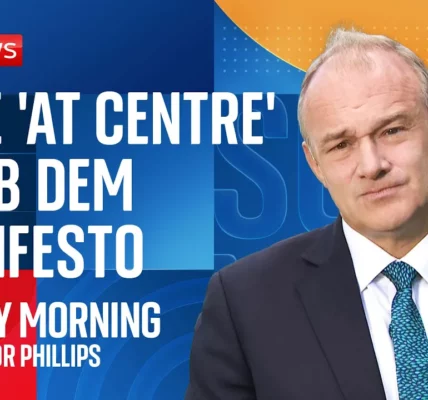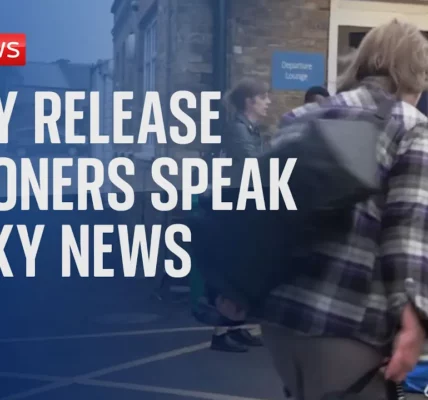Violent Protests Erupt in Nairobi: Youth Demand Change

This article delves into the recent protests in Nairobi, Kenya, sparked by discontent among the youth towards the government and its policies, focusing on the controversial finance bill and the broader issues of governance and corruption.
Introduction
The streets of Nairobi have become a battleground for the youth of Kenya, who are responding to what they perceive as a corrupt and out-of-touch government. The recent protests were ignited by President William Ruto’s controversial finance bill, which was intended to increase taxation but was met with widespread backlash. Despite the president’s attempt to quell the unrest by withdrawing the bill, thousands of young protesters continue to voice their frustrations, highlighting a deeper discontent with governance and economic hardship in the country.
The Background of the Protests
The protests in Nairobi represent more than just opposition to a single financial policy. They are a manifestation of broader grievances among the youth, who feel disenfranchised in a system they view as rigged against them. Factors contributing to the unrest include:
- High Unemployment Rates: Many young Kenyans are struggling to find jobs in a stagnant economy.
- Government Corruption: Allegations of rampant corruption among government officials have eroded trust in leadership.
- Economic Hardship: The rising cost of living has made it increasingly difficult for young families to thrive.
These issues have culminated in a sense of urgency among the youth, who are no longer willing to accept the status quo.
The Response from the Government
In response to the protests, President Ruto initially took a hardline stance, deploying security forces to suppress demonstrations. However, following international pressure and growing unrest, he retreated from his position by withdrawing the finance bill. This decision, however, failed to pacify the protesters, who view it as a superficial gesture rather than a genuine effort to address their concerns.
Security Measures and Public Sentiment
The government’s use of tear gas, rubber bullets, and other crowd control measures has only intensified the anger among protesters. Many young people feel that their right to peaceful demonstration is being violated, leading to a cycle of violence:
- Increased Police Brutality: Reports of excessive force used against unarmed protesters.
- Public Outcry: A growing call for accountability from law enforcement agencies.
The escalating tension between civilians and security forces serves as a stark reminder of the fragile state of democracy in Kenya.
The Voices of the Protesters
Among the protesters, a common sentiment resonates: a refusal to back down in the face of oppression. Many young people articulate their frustrations openly, expressing a desire for meaningful change. Statements from demonstrators reveal their motivations:
- Empowerment: “We will not die on our knees; we will fight for our rights.”
- Hope for Change: “This is not just about a finance bill; it’s about governance and accountability.”
The Role of Social Media
Social media platforms have played a crucial role in mobilizing protests, allowing young people to organize and share their experiences. This digital activism has heightened awareness of the situation both locally and internationally, putting additional pressure on the government to respond.
International Implications and Support
The unrest in Kenya has drawn international attention, with calls for the government to respect human rights and engage in dialogue with protesters. The response from the international community has been mixed, but there is a clear recognition that the situation in Kenya could have broader implications for stability in East Africa.
Potential for Change
As the protests continue, there is a growing belief among the youth that they can effect change. Their determination is palpable, as they refuse to be silenced in their quest for a government that prioritizes the needs of its citizens:
- Increased Engagement: Young people are becoming more politically active and demanding accountability.
- Building Alliances: Civil society organizations are rallying support to amplify the voices of the youth.
- Creating Awareness: The protests have sparked discussions about governance and corruption on national and international platforms.
Conclusion
The protests in Nairobi are a clear indication of the youth’s demand for change amid widespread dissatisfaction with the status quo. While the government has made concessions, it remains to be seen whether these will be enough to quell the unrest. The determination of the youth, fueled by their desire for accountability and better governance, suggests that the fight for change is far from over. As this situation evolves, it is crucial for both the government and the international community to listen to the voices of the young people who are shaping the future of Kenya.
Call to Action: Stay informed about the developments in Kenya and consider supporting organizations that advocate for youth rights and good governance. Together, we can contribute to a more just and equitable society.
“`




